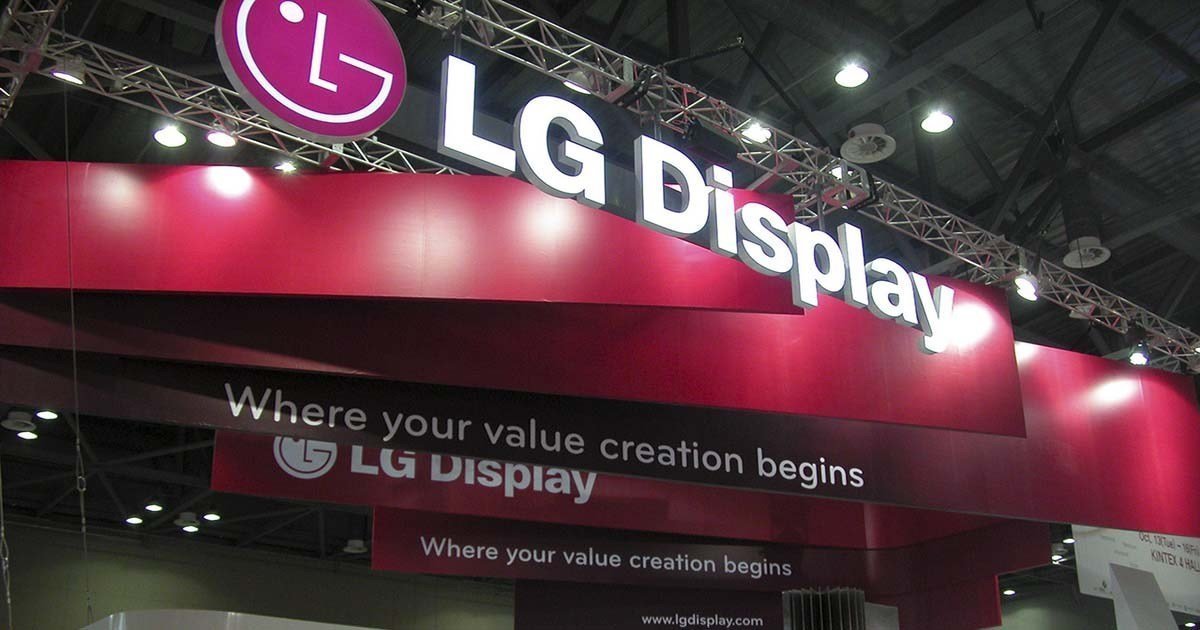LG’s television and smartphone display manufacturing business, LG Display, has warned investors that it’s facing a “weak” year ahead after posting wider than expected losses in its first quarter.

Falling prices of LCD TV displays were cited as the main reason for its disappointing earnings, according to the company.
LG Display posted a net loss of 132 billion won (£89.2 million) for the January to March period. That was more than the 98 billion won loss it reported in the same quarter one year ago, and also worse than the expected 104 billion won loss that analysts had forecast.
On the other hand, LG Display’s revenue for the period grew by 4% to 5.9 trillion won.
In a conference call with investors, LG Display cited data from WitsView that shows prices for 50-inch LCD displays fell by 23% in the last quarter compared to the same period a year earlier. That’s a big problem for the company, as LCD displays are still its biggest money maker despite its recent announcements that it’s going to focus more on manufacturing OLED displays going forward.
"Price falls in large LCD TV panels will likely continue in the second quarter, as one of LG Display's Chinese rivals ramps up production in that segment and drags down prices," BNK Securities analyst Park Sung-soon told Reuters.
LG Display officials had more bad news in store for investors when they said the company’s ongoing OLED research and development costs, and slower than hoped for growth in the smartphone market, will likely mean a weak 2019 overall.
The company said it may perform worse than market expectations due to its heavy investment in OLED. LG Display is the world’s leading manufacturer of large-sized OLED panels for the TV market as it’s the only company that can build them efficiently enough to turn a profit, and is betting big on the technology in order to take advantage of this fact. The company recently announced plans to open a new OLED display production plant in Guangzhou, China, and is also believed to be researching a new method of manufacturing them involving the inkject printing process that could result to higher yields and more durable screens.
LG display has also invested heavily in miniaturised OLED screens mounted on plastic instead of glass, as well as new technologies such as foldable OLED screens for smartphones. These investments are said to be intended to revive interest in smartphones among consumers at a time when the market is in decline.
"There doesn't seem to be enough phones that are attractive enough to win over consumers, meaning there isn't high demand for LG Display's panels,” Park added.
LG Display’s fortunes this year could depend on its ability to win a new order from Apple to supply screens for its next generation of iPhones, but the company faces challenges here too. Earlier this month, it was reported that rival firm Japan Display had won a key contract to supply OLED panels for Apple’s new smart watch. That could mean Apple is looking at other suppliers for its iPhone displays as well.
Still, LG Display put on a brave face, saying that its long-term investments would eventually pay off. “We are on track to build a firm foundation for an OLED-focused business portfolio for future growth and expect to show solid performance starting from next year,” the company said in a statement.
LG Display’s shares fell 5.4% in the hours after its earnings report.